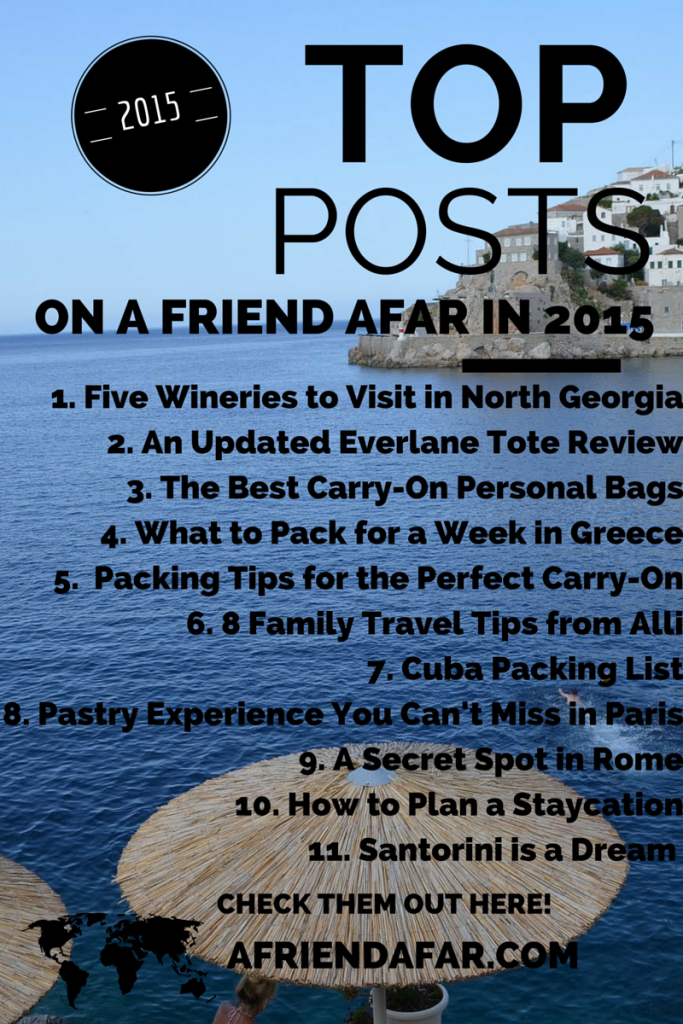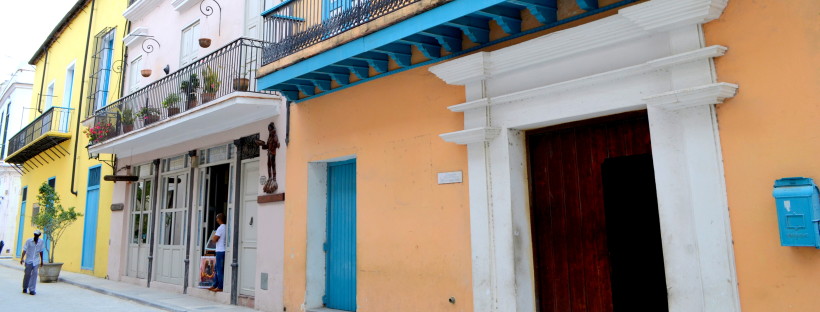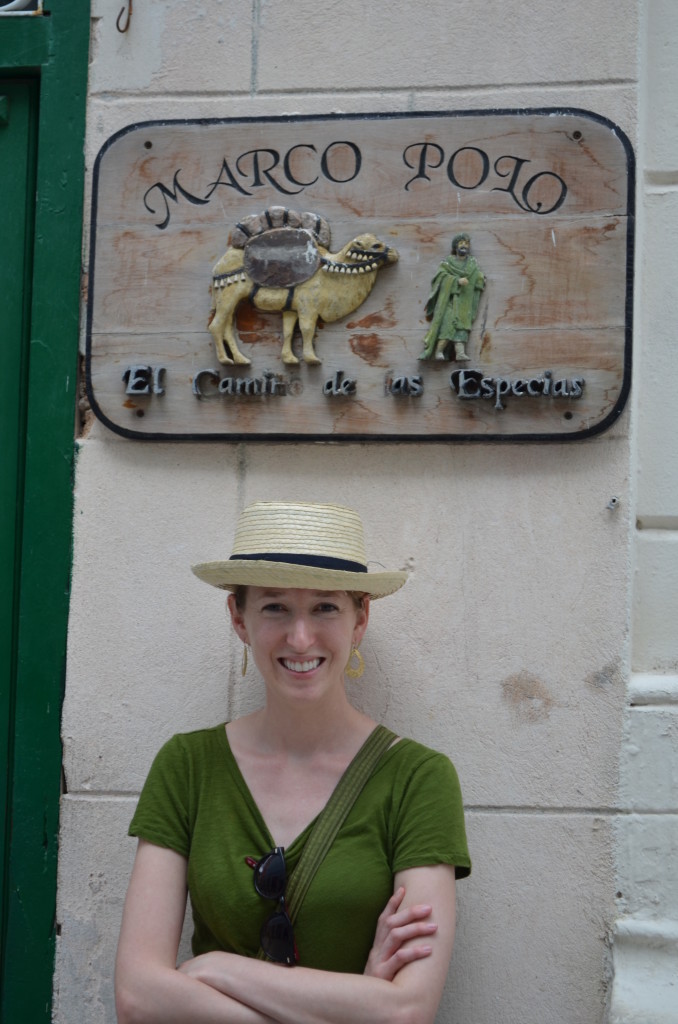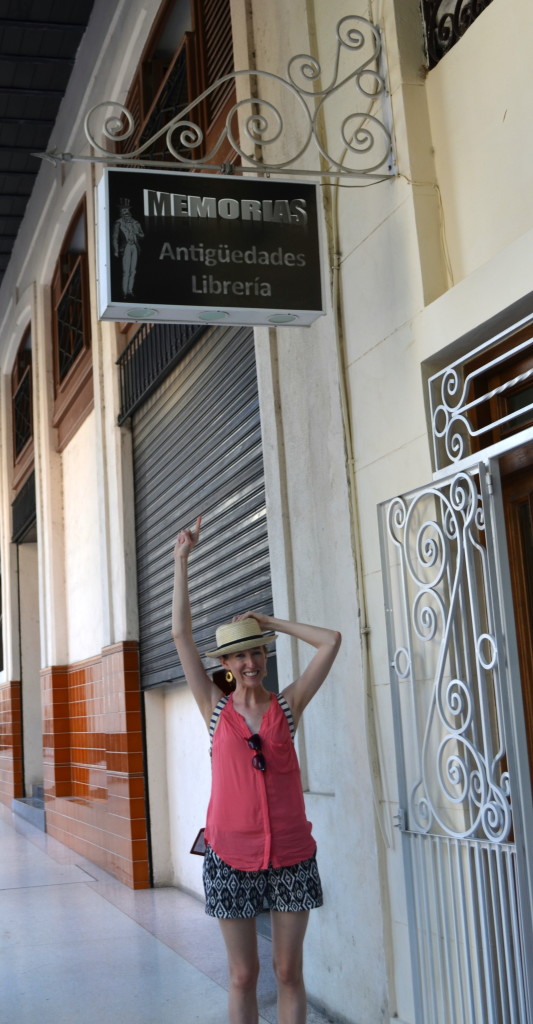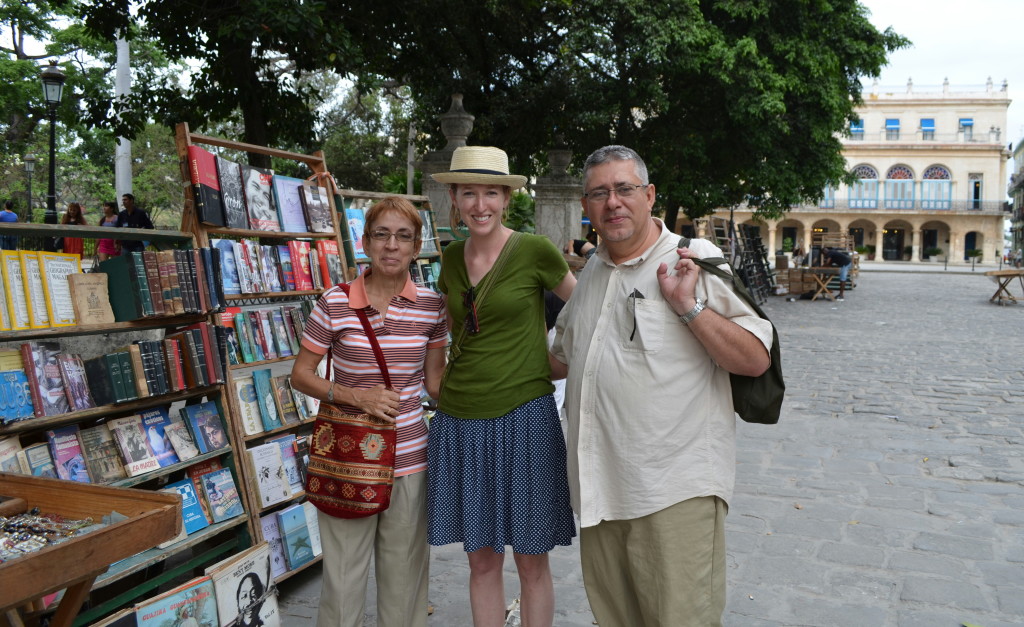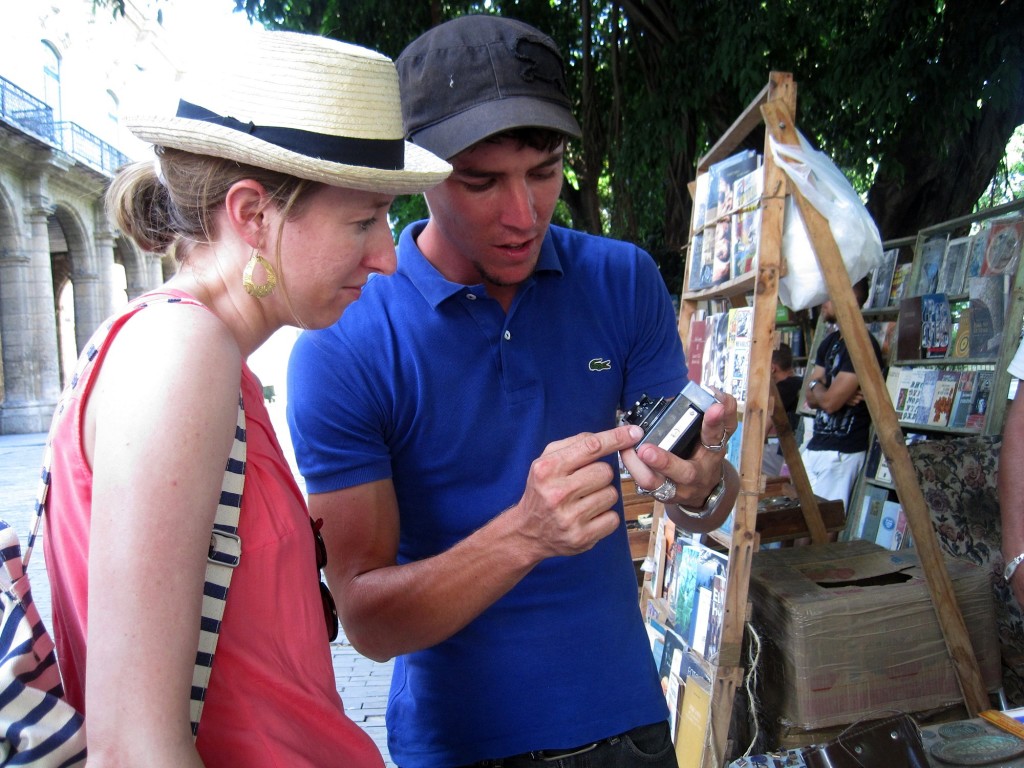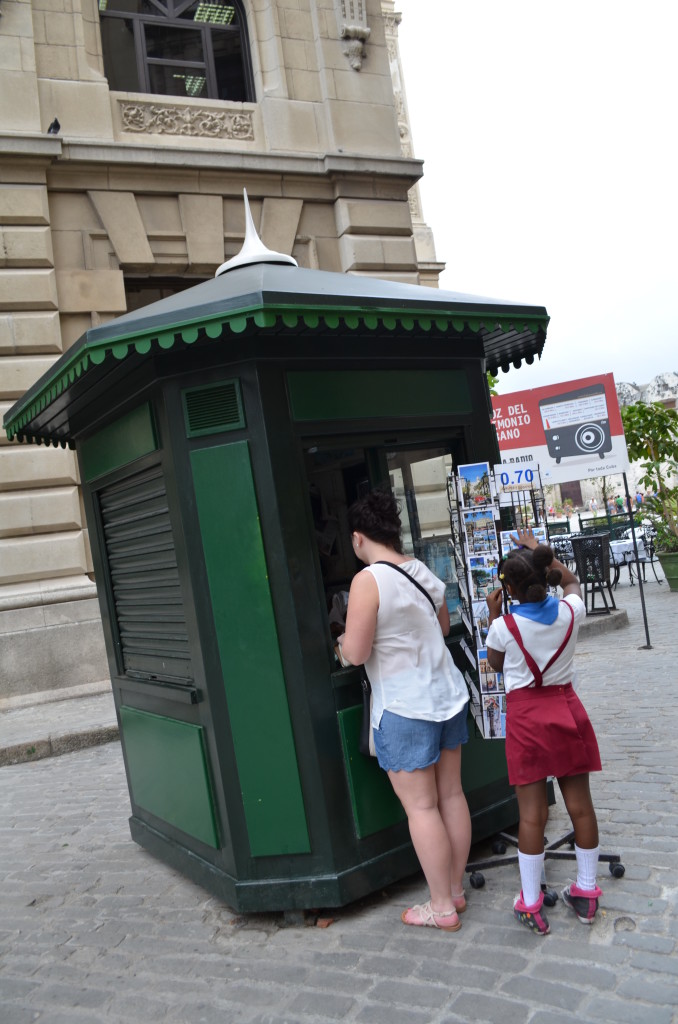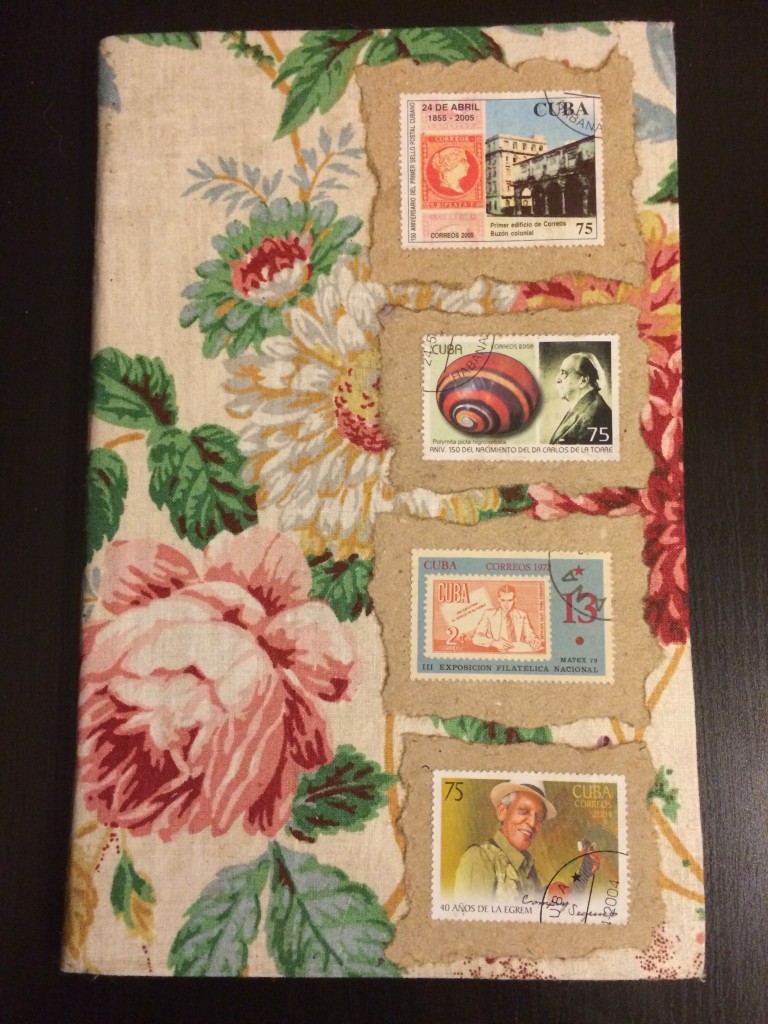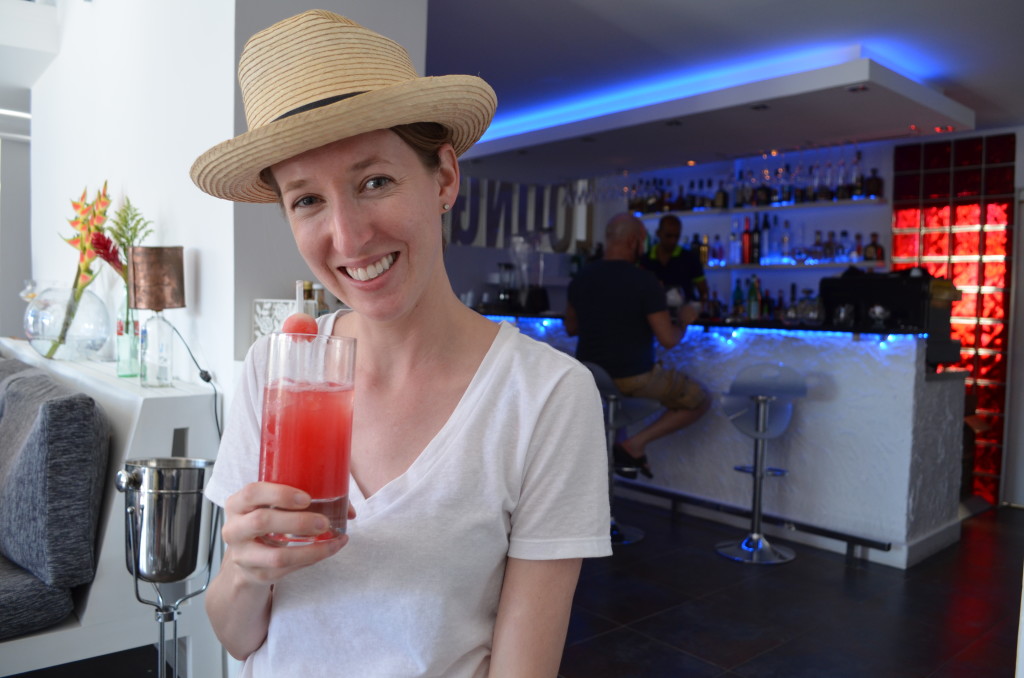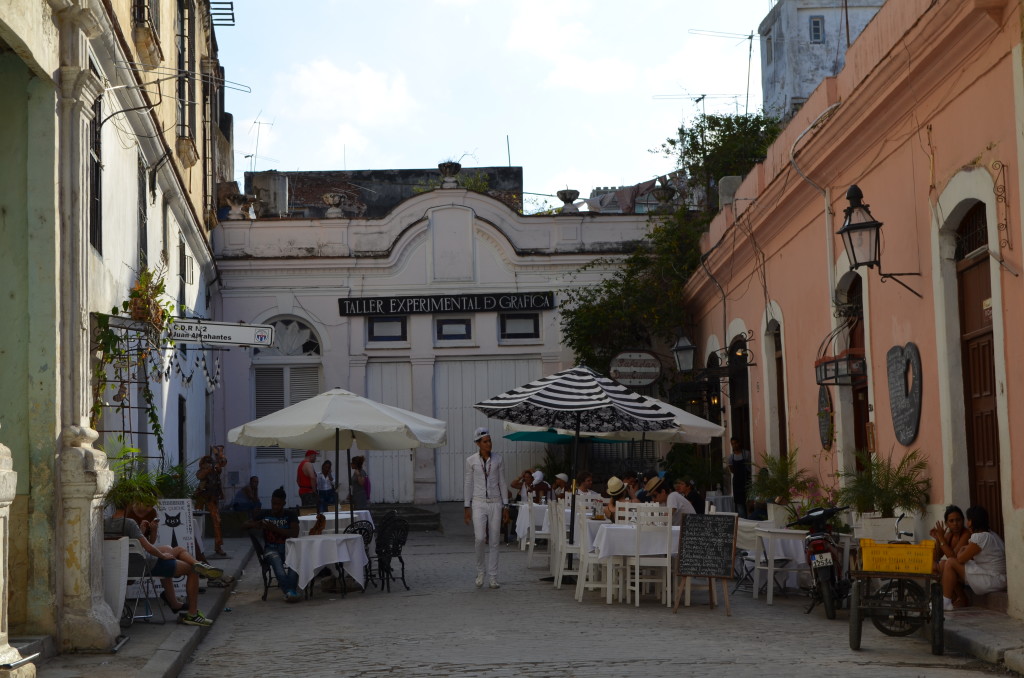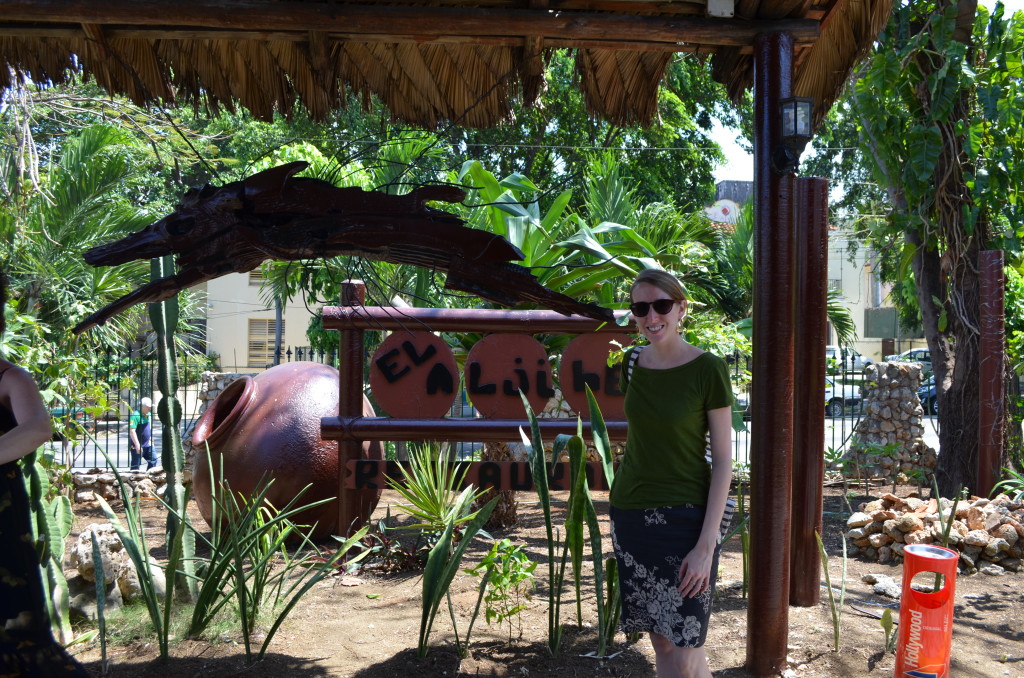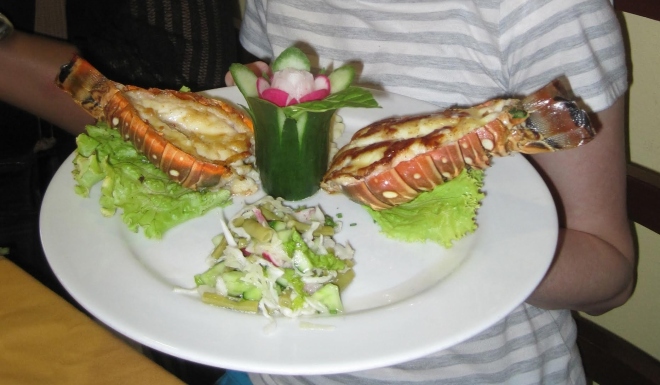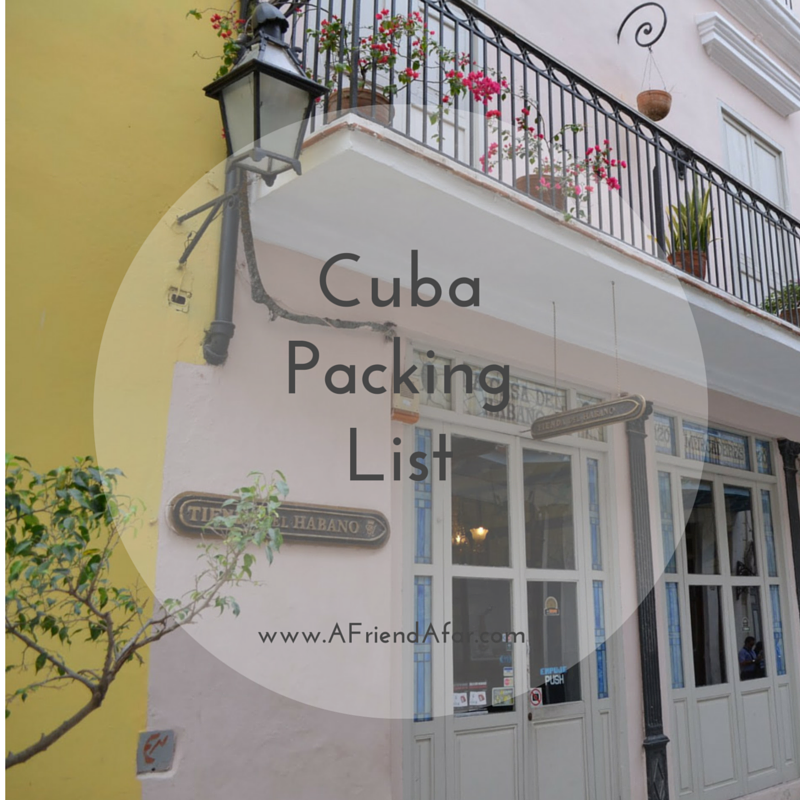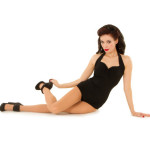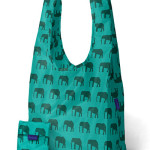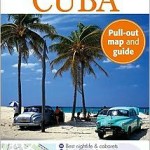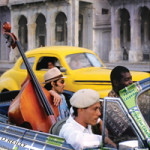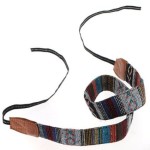I had the amazing opportunity to go to Cuba as part of a week-long study abroad. Our first four nights were spent in Havana and the last two in the beach resort town of Varadero. While some of the travel restrictions for Americans to go to Cuba have been lifted, your reason for travel must fall within one of twelve categories, including educational, journalistic, or humanitarian activities. Americans cannot travel to Cuba only as tourists quite yet, but changes are coming, and the Cubans I met are excited about the normalizing relationship between their country and the US. I saw and learned so much in my three full days of Havana, but here are a few ideas of what to see and do in this beautiful, unique city. Check out my Havana Google map for all the sites that make up my highlights of Havana!
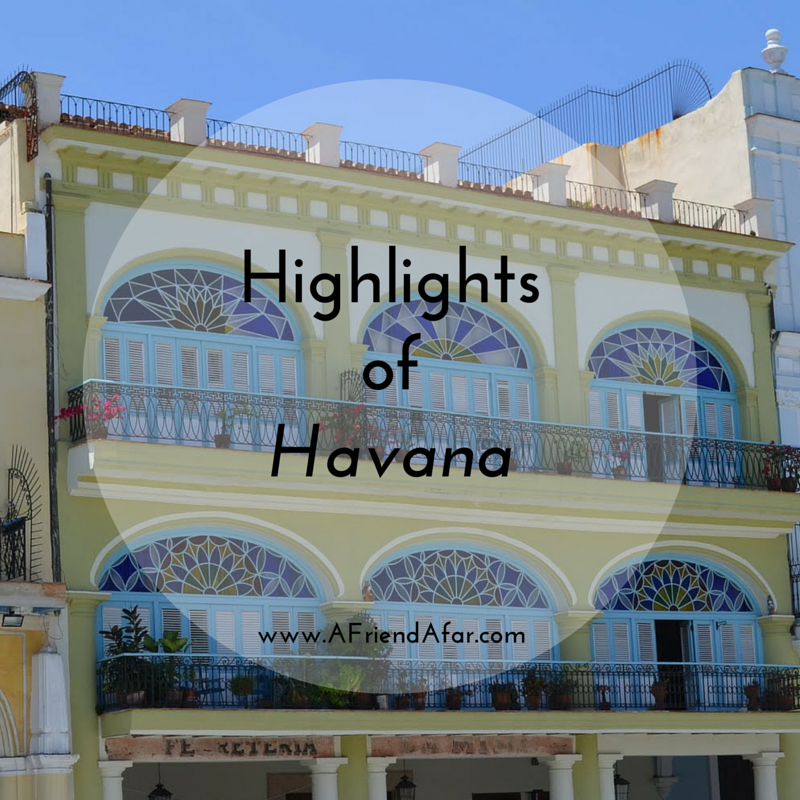
Plazas of Habana Vieja
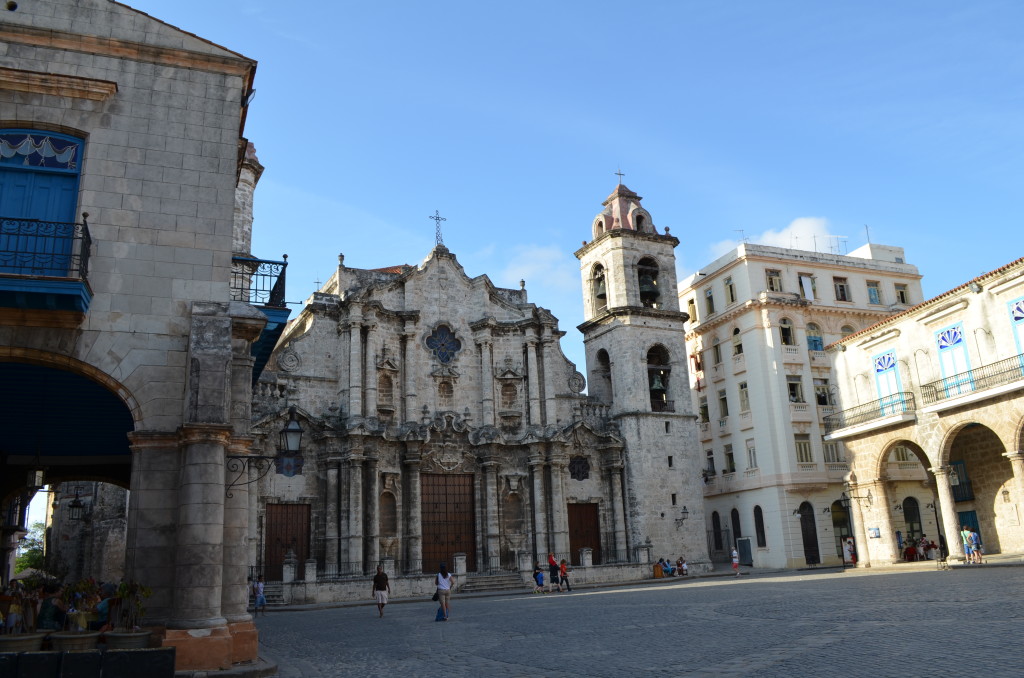
The hotel we stayed at, Hotel del Tejadillo, was right around the corner from the Plaza de Catedral, the very first plaza I saw in Habana Vieja (Old Havana). The Catedral de la Habana dominates the square and has a Baroque facade with two towers, with the right one wider than the left. One night the church doors were open for a free concert, so I got to go inside for a look around. I love sitting in old cathedrals and marveling at their beauty.
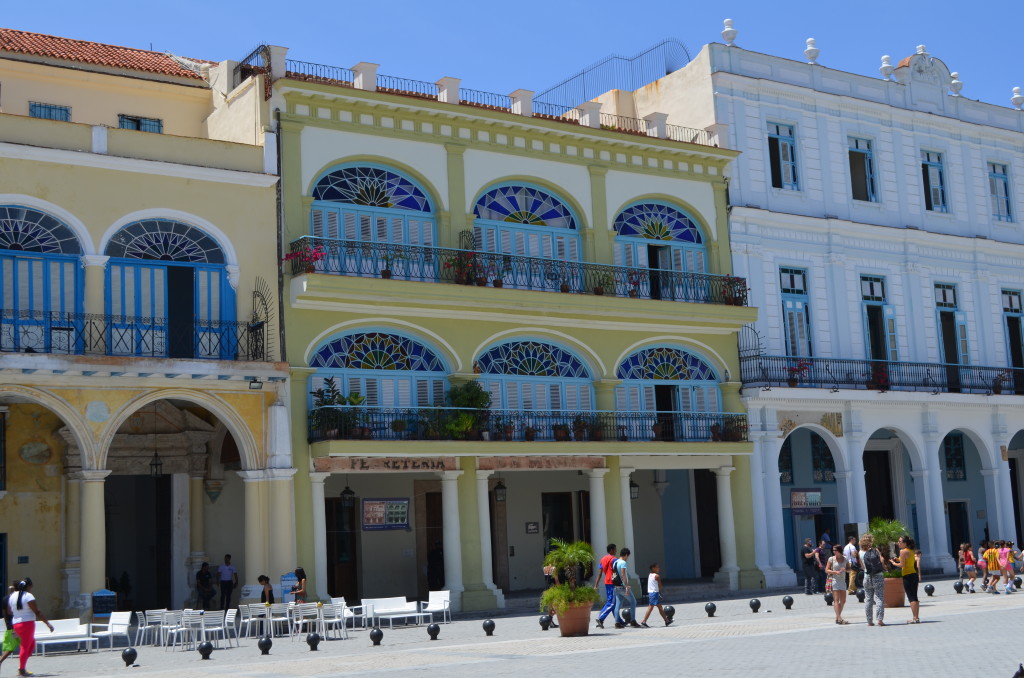
Plaza Vieja is not actually the oldest plaza in Havana, but most of the buildings around it are wonderfully restored. One of my favorite buildings we saw on the trip was located in this plaza. Plaza de Armas, the actual oldest plaza, is where the city of Havana was established in 1519 and is surrounded by buildings included El Templete, which marks the foundation of Havana, the impressive fortress Castillo de la Real Fuerza to the north, and the Museo de la Ciudad.
Wandering down Calles

One of the best ways to get to know a city is to do lots of walking, and Havana is a perfect city for meandering down streets and getting lost. Obispo is a crowded, pedestrian-only street that cuts from Plaza de Armas to Parque Central. You can see the classy 1920 Hotel Ambos Mundos where Ernest Hemingway stayed for a decade. Strolling farther along Obispo there’s an old pharmacy with porcelain medicine jars, shops and street art. On the other end of Obispo is the Art Deco-style Edificio Bacardi building with their bat symbol adorning the top of the building.
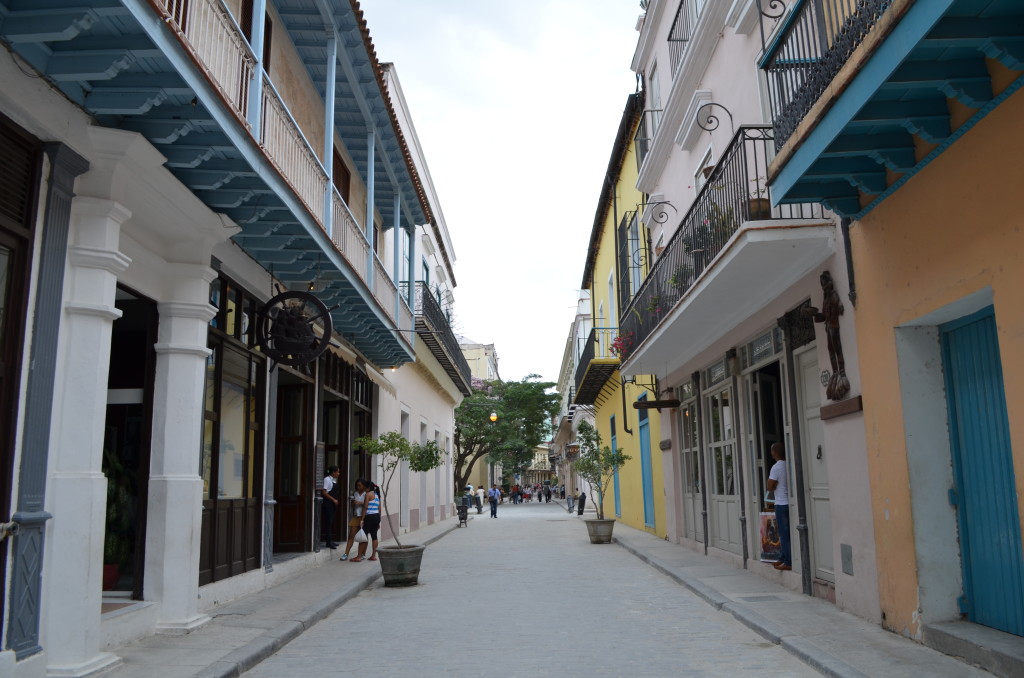
Calle Mercaderes was my favorite street because of the cobblestones and historic buildings. The Mural de Mercaderes depicts a multitude of Cuban historical figures such as politicians and artists. There are tons of museums, boutiques, hotels, cafes, and galleries to explore along Mercaderes and plenty of opportunities to interact with locals.
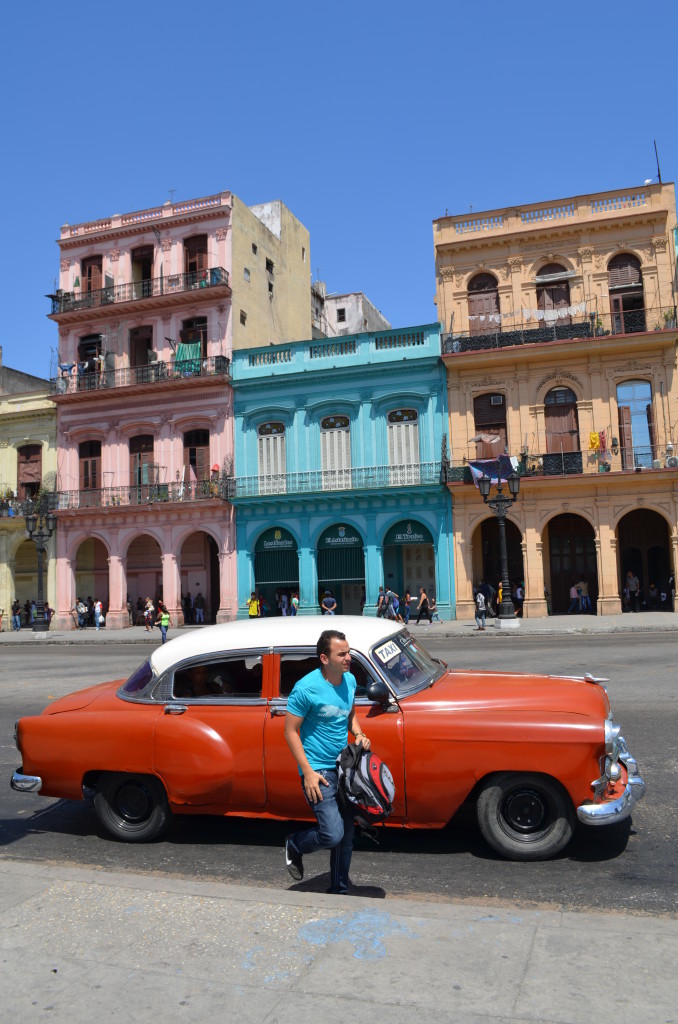
Paseo de Martí is a fantastic street to stroll down. We started near the Capitolio, which may look familiar to you since it’s modeled after the DC Capitol. You pass many colorful buildings, famous vintage cars of Cuba, the beautifully ornate Gran Teatro, and Parque Central. There’s a bunch of restoration work and construction going on in Havana right now, which is hopeful to see. Past Parque Central, Paseo del Prado is a wide walkway for pedestrians with trees on both sides. It was here we heard loud car horns and saw a bride riding in an old, red & white convertible to the church for her wedding. Seeing little cultural moments like this is always delightful!
Museums & Churches
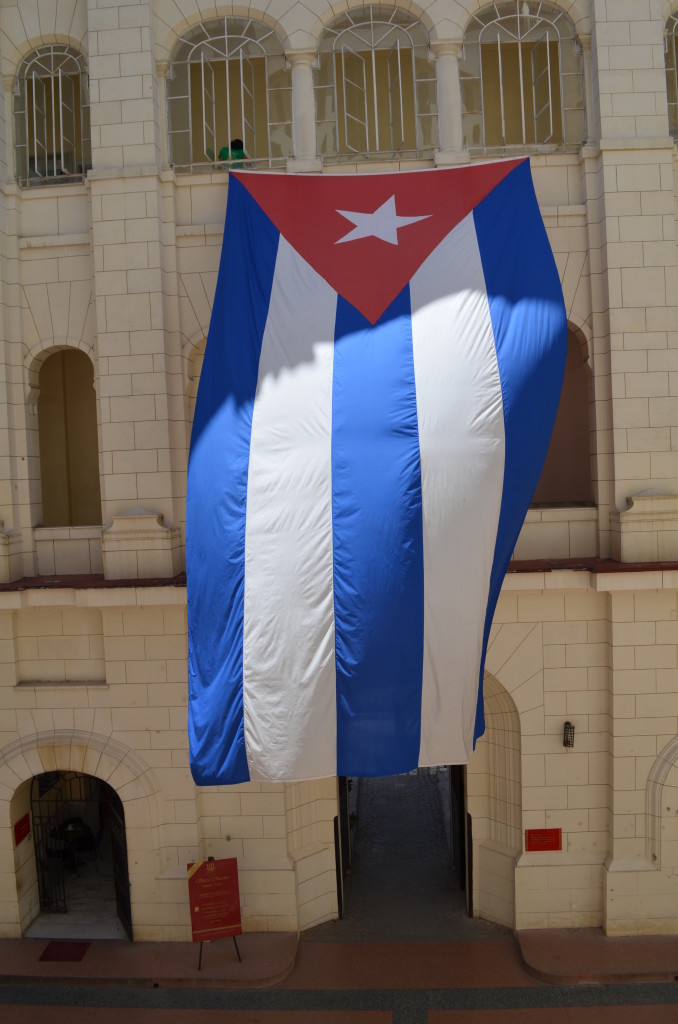
The Museo de la Revolución is housed in the former presidential palace of General Batista with its impressive dome and pretty hall of mirrors. There is an overwhelming wealth of information about the Revolution in the museum. As an American, reading about history from a Cuban perspective is very different than what we have been taught,and the Wall of Cretins gives a little insight into their thoughts on some of our political figures. Outside in the garden, airplanes and vehicles used in the Bay of Pigs invasion are on display.
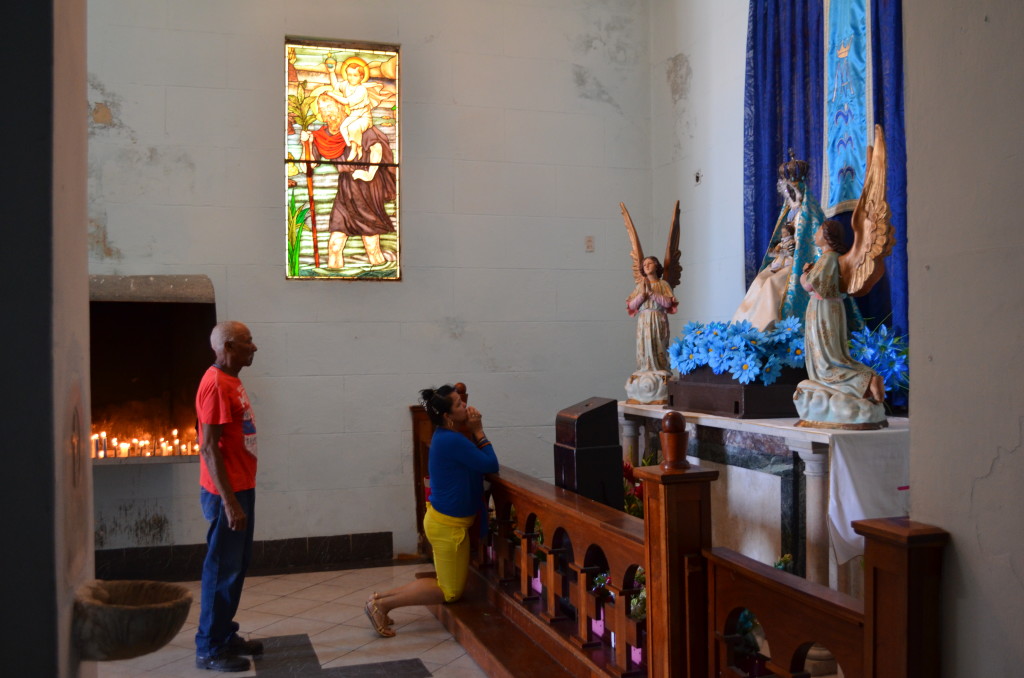
We took a ferry with locals across the canal from Old Havana to Regla to visit the church and museum there. On Iglesia de Nuestra Senora de Regla‘s main altar is a black Madonna that is used in both Catholicism and the Afro-Cuba religion Santería. The church was surprisingly crowded for a mid-morning visit during the week. It was fascinating to learn more about the Santería religion at the Museo Municipal de Regla. Similar to saints in Catholicism, orishas form the basis of the religion and act as intermediaries between humans and the principal god, and altars are decorated with the associated color and items.
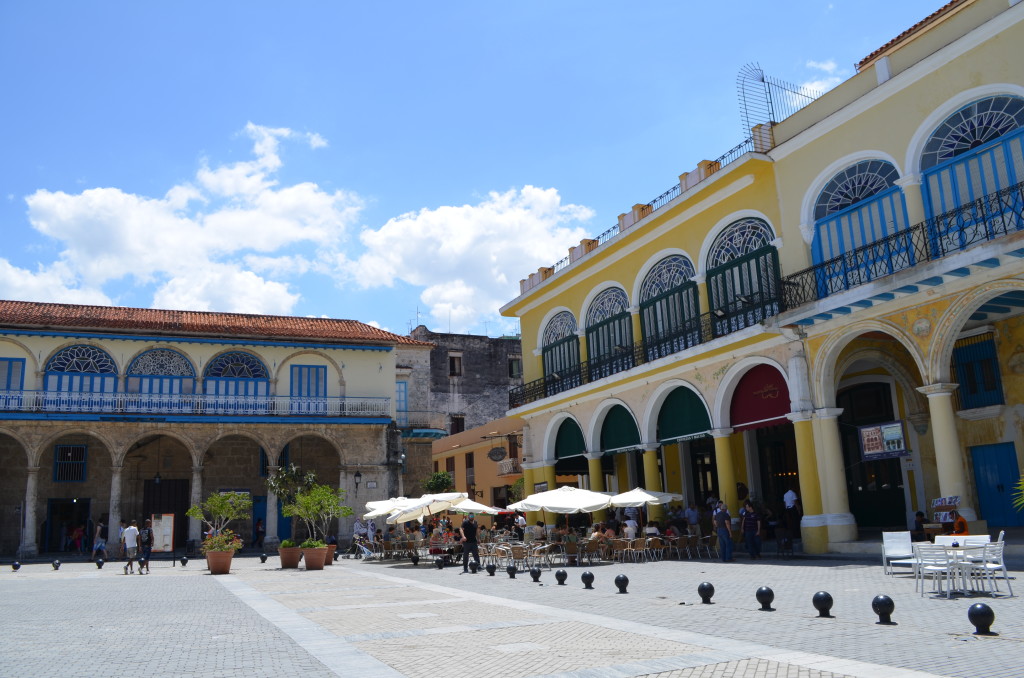
By the end of the trip, I was already planning what I would see my next time in Cuba because there’s always more to see! Plus, I think it would be fascinating to return after a while and see what changes have happened. There’s still more to share about Cuba, and coming soon are posts on shopping and food & drink. Also check out my earlier post Cuba Packing List if you missed it!
This post is part of a four part series on Cuba. Check out the next post, Good Eats & Drinks in Cuba.
Meagan grew up in the North Georgia Mountains and spent her first trip abroad in Italy. She’s been traveling all over the world ever since, learning Spanish, Japanese, and Thai. She travels for the food, the culture, and the history.
